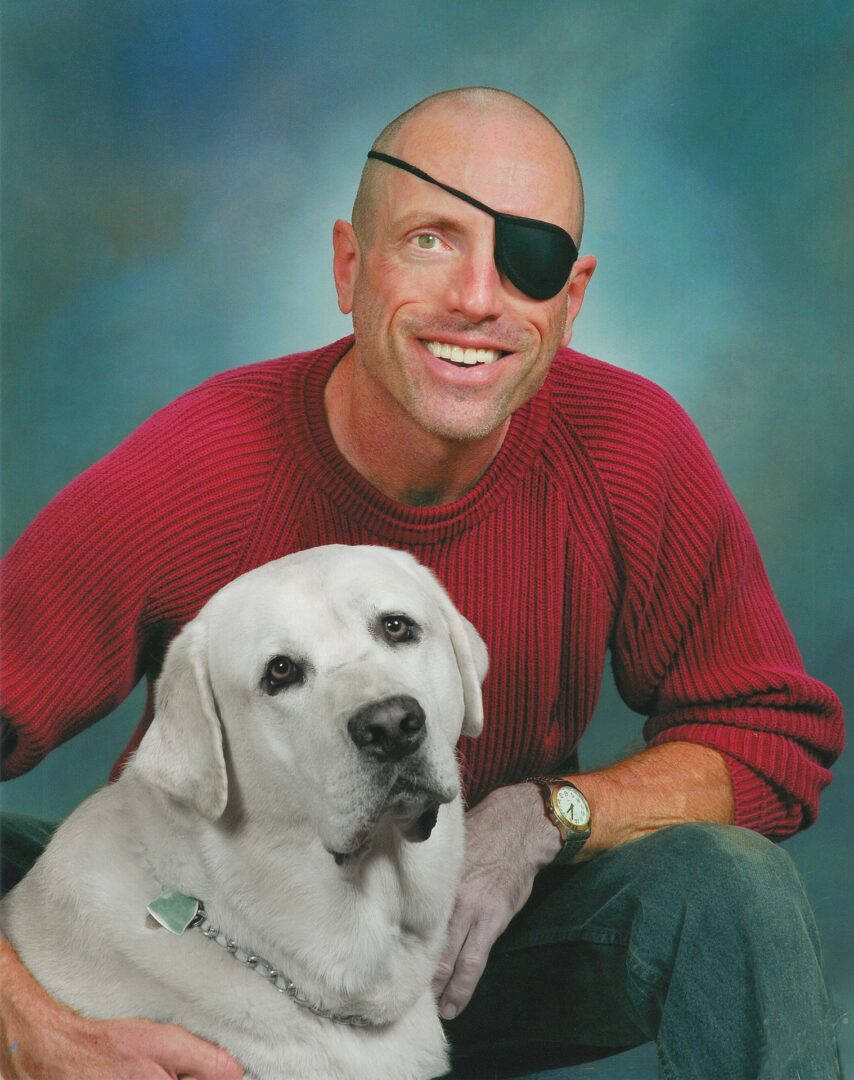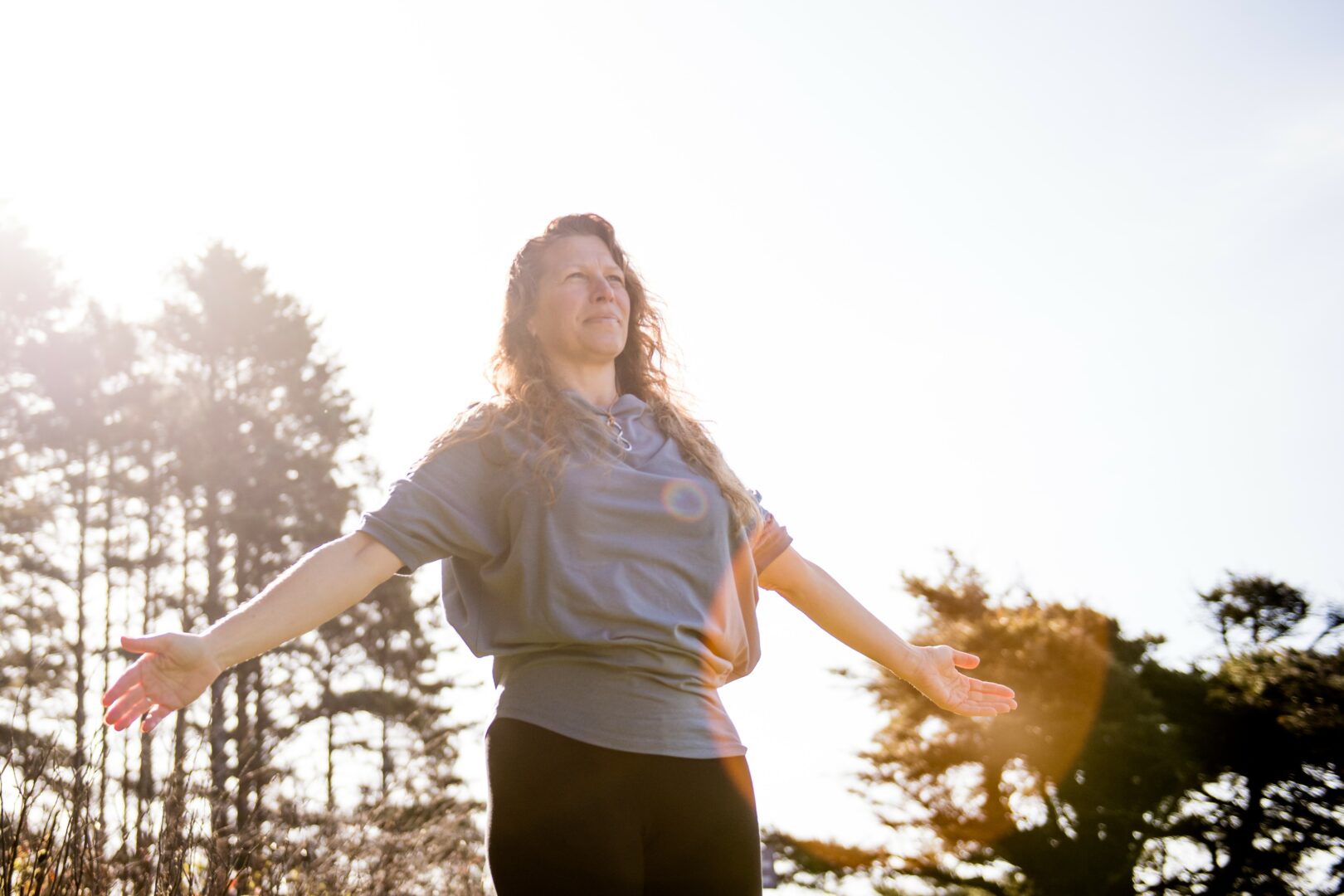Kurt Weston shared their story and experiences with us recently and you can find our conversation below.
Kurt, a huge thanks to you for investing the time to share your wisdom with those who are seeking it. We think it’s so important for us to share stories with our neighbors, friends and community because knowledge multiples when we share with each other. Let’s jump in: What is a normal day like for you right now?
I have been busy creating my latest artworks, “Sublime Dreams from Sunbeams,” a series of images which portrays singular instances of profound beauty – inspiring spirituality, hope, and healing. In the face of personal adversity – struggling with sight loss – I am utilizing what is left of my sight to focus on the luminous color and mesmerizing patterns found in our environment. For me, the sublime, as manifested through nature, evokes a range of intense emotions, including awe, wonder, respect, and a sense of our significance in relationship to God’s creation. While it is a challenge photographing these images utilizing low vision magnification and adaptive computer technology I am reminded of how fortunate I am to have enough sight to continue creating my artworks and be inspired by the incredible beauty which exists on our planet.
Can you briefly introduce yourself and share what makes you or your brand unique?
I am an award winning legally blind photographer whose art has been exhibited internationally. My art and life story has been featured in many articles and interviews – including an interview on CNN. I have a BA in photography from Columbia College, Chicago and after my sight loss was thrilled to be able to achieve an MFA from California State University.
In the early 1990s, my career as a commercial and fashion photographer flourished. However, this promising trajectory was abruptly altered when I was diagnosed with AIDS. The disease not only left me legally blind but also profoundly influenced my artistic direction. My limited peripheral vision in one eye provides me with a unique perspective which I now integrate into my work. The loss of sight became the foundation for my critically acclaimed series, “Blind Vision,” a collection of self-portraits that poignantly explore the emotional and psychological weight of sight loss. Losing my sight transformed the way I see the world, much like it appears in an impressionist painting. This altered perspective is the conceptual foundation of my work and has become the impetus of my own journey to experience and express a deeper spiritual meaning through my art.
Great, so let’s dive into your journey a bit more. What’s a moment that really shaped how you see the world?
I have experienced many challenges in my life but one of the most significant circumstances occurred when I was completing my Master of Fine Arts degree. I had just uninstalled my very successful solo exhibition “Hearts of a Silent Age”- portraits of aging, mortality and loss. The next day I ended up in the hospital with what I thought was a burst appendix. I went into surgery which took much longer than what was expected. After 5 hours in surgery the surgeon came out and told my partner Terry that it was very bad. Very, very bad. The surgeon told me when I was discharged a week later that I had a very rare form of abdominal cancer, Pseudomyxoma peritonei (PMP) and my body would be consumed by hundreds of new tumors – I would be lucky to survive the year. I was devastated by this terrible news. I had survived AIDS, learned how to negotiate my life with sight loss, successfully completed a Masters degree with honors and was at a pivotal point in my art career when I was told I had less than a year to live.
My sister recommended I speak with a trusted psychic / medium, Moriah. I was a little apprehensive but initiated a phone consultation and was quite surprised with Moriah’s predictions. She told me I would survive the cancer but to do this I needed to be in and around nature as much as possible. I began photographing beautiful foliage and flowers in southern California and later in the year went on a road trip to the pacific northwest to photograph autumn landscapes. The images were stunning and the following year were featured in a premiere solo exhibition at Fullerton’s Muckenthaler Cultural Center entitled “Seasons in a Prayer Garden.” The exhibition garnered me the Arts Orange County – Outstanding Artist Achievement Award. It has now been over 15 years since my cancer diagnosis and I have had no new tumors. This experience has shown me the manifestation of God’s healing power through the subtle and sublime forces of nature.
What have been the defining wounds of your life—and how have you healed them?
The harrowing experience of living with AIDS during the early onset of the epidemic shaped my worldview and artistic themes. My time in hospital wards filled with abandoned, terminally ill patients revealed the stark isolation and stigma of the era, igniting a profound empathy that permeated my art. This chapter of my life introduced themes of mortality, suffering, and resilience which continue to resonate in my work.
I utilize my art as a vehicle to confront themes of loss, resilience, and the enduring human spirit. My celebrated self-portrait series, “Blind Vision,” serves as a powerful exploration of my own visual impairment, symbolizing the disconnection and reimagined reality experienced by those with sight loss. Through bold chiaroscuro techniques, these portraits transcend physical appearances, illuminating my inner struggles and fortitude . The series has been widely exhibited and remains a cornerstone of my artistic legacy.
Another major body of work, “Hearts of a Silent Age,” delves into the realities of aging, mortality, and the passage of time. These portraits, stark yet empathetic, have traveled internationally as part of the exhibition Sight Unseen, garnering widespread acclaim. My ability to capture vulnerability and dignity in equal measure reflects my deep connection to my subjects, many of whom face the societal invisibility of aging.
My later series, “Remember: An AIDS Memorial Retrospective,” is a poignant tribute to friends lost to AIDS during the epidemic. These portraits, taken in the 1980s and 1990s, depict individuals in the prime of their lives, frozen in time before illness claimed them. The series mourns the unfulfilled potential of an entire generation, offering a deeply personal and historical narrative that underscores the devastating toll of the disease.
I think our readers would appreciate hearing more about your values and what you think matters in life and career, etc. So our next question is along those lines. What’s a belief or project you’re committed to, no matter how long it takes?
My current work revisits the aesthetic of the sublime. The aesthetic of the sublime refers to experiences of awe, and overwhelming greatness that go beyond rational comprehension or measurement, often involving the feeling of being uplifted by something vast, powerful, or infinite.
In my previous series “Seasons in a Prayer Garden,” which explored the healing aspects of nature I once again endeavor to explore these subtle and sublime aspects of nature, but now through a microscopic lens.
I know from personal experience that spending time in nature is responsible for many measurable beneficial changes in the body. Nature can be vast and expansive as well as small, even microscopic. The microscopic sublime in nature can be so incredible and alluring. Ultimately, the glory of God is seen throughout the cosmos and with an eye for detail and exactitude can also be seen in the microcosmos. Now that my sight has deteriorated even more, I have turned to photographing the little jewels of joy found in the microcosmic landscape of the garden.
Thank you so much for all of your openness so far. Maybe we can close with a future oriented question. What do you think people will most misunderstand about your legacy?
Being a visual artist who also happens to be legally blind is like living in a half world. Many times people do not understand what I see or how I see. I cannot drive or read text; I can not identify people because I cannot see distinguishing features of people’s faces. I need assistance shopping and using exercise equipment in the gym. It also takes me a considerable amount of time to adjust the settings on my camera and I have to use very large computer monitors and magnification software to edit images on my computer. Fortunately, there has been a lot of progress made in creating adaptive vision assist devices and AI technology for the blind. Utilizing all of this – albeit with considerable challenges – permits me to create my artworks.
Many times, I am not taken seriously when I tell people I am a legally blind photographer and they have little interest in exploring my work thinking it may be inferior to what a sighted artist could create. I have heard comments that visually impaired and blind artists only create “artsy – crafty” type of work, however, I received a Master of Fine Art degree while studying as a legally blind photographer. I hope people can look beyond their pre-conceived notions of what is possible in unique circumstances such as mine.
Contact Info:
- Website: https://www.kurtweston.com/
- Instagram: [email protected]
- Facebook: https://www.facebook.com/straywest/
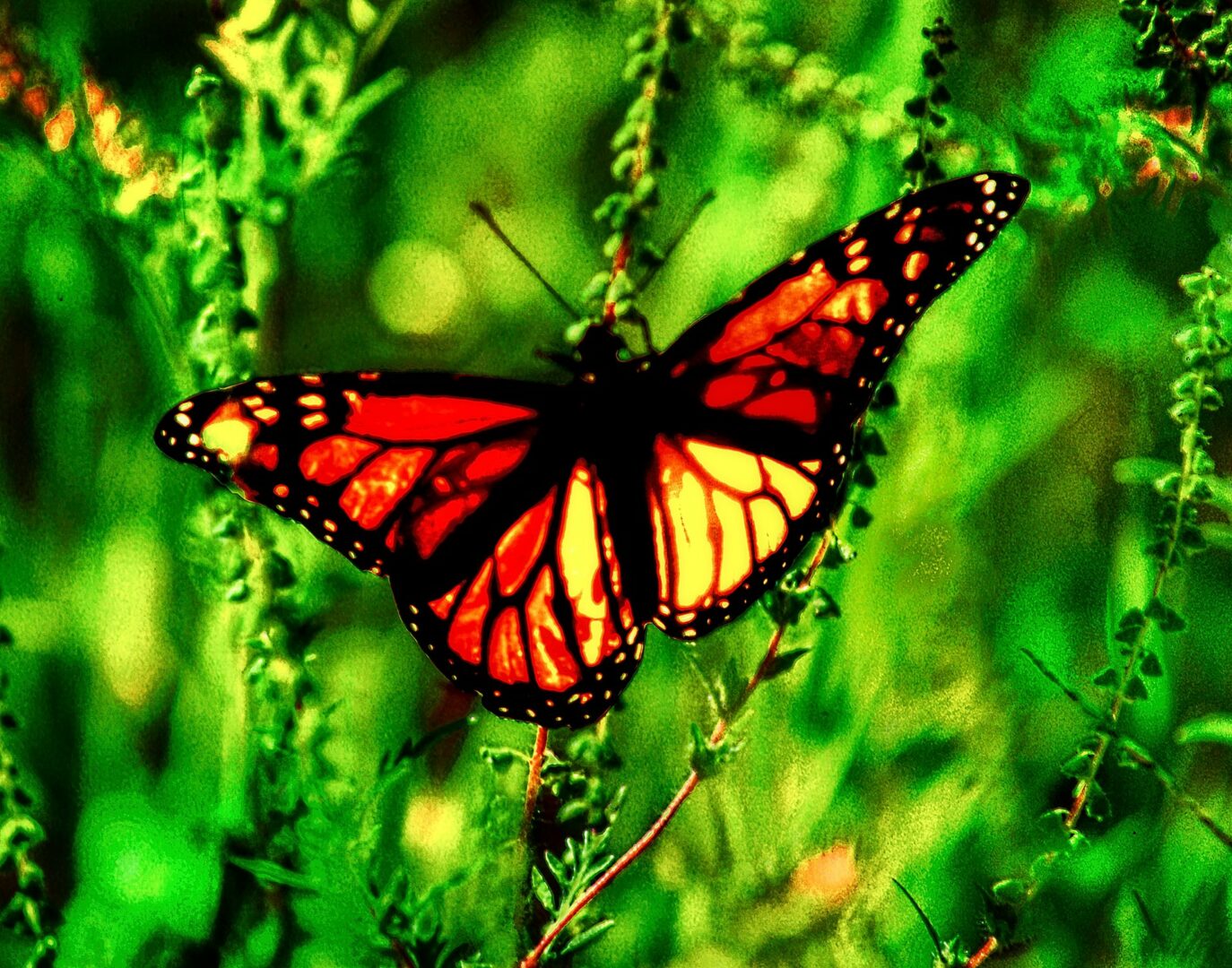
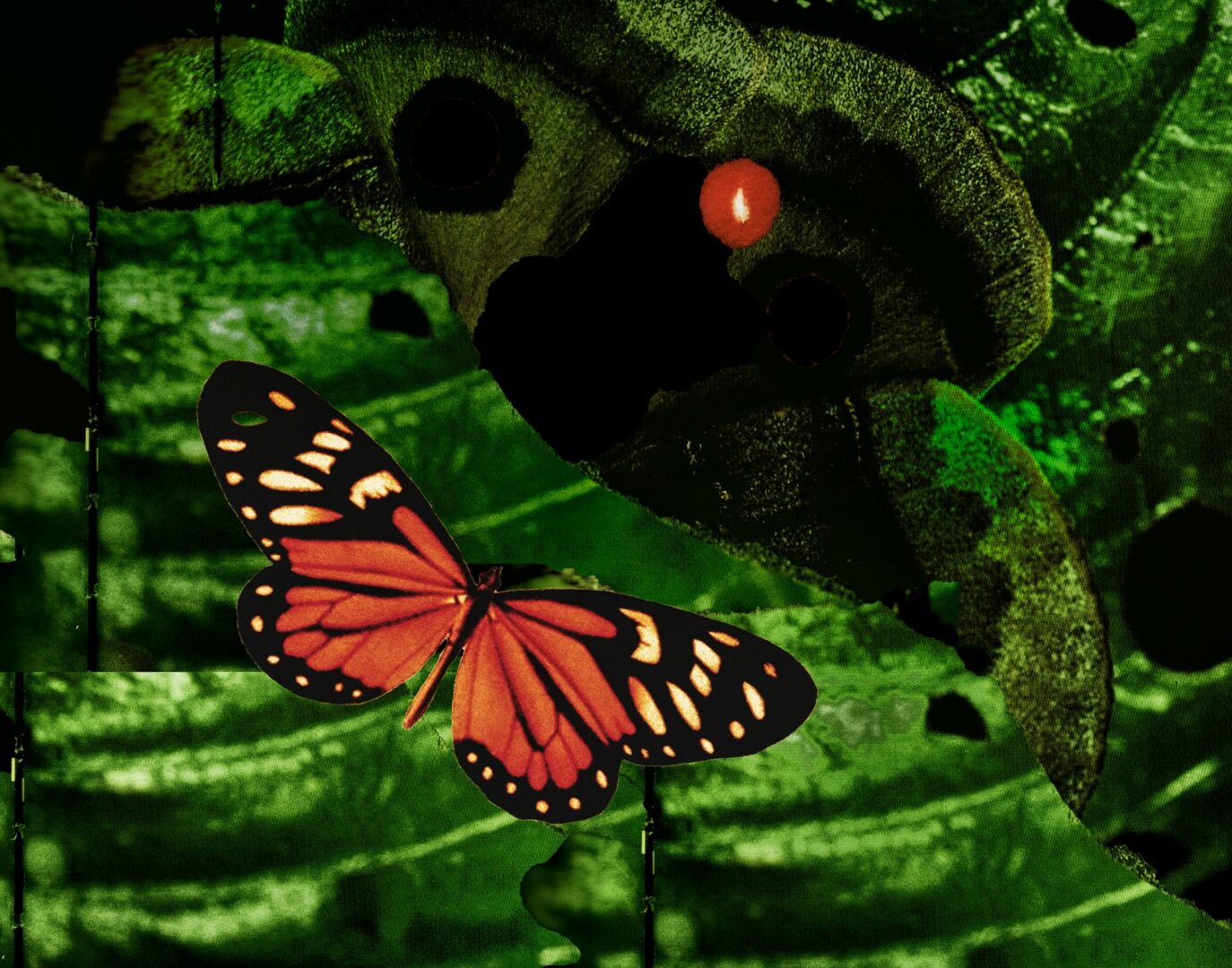
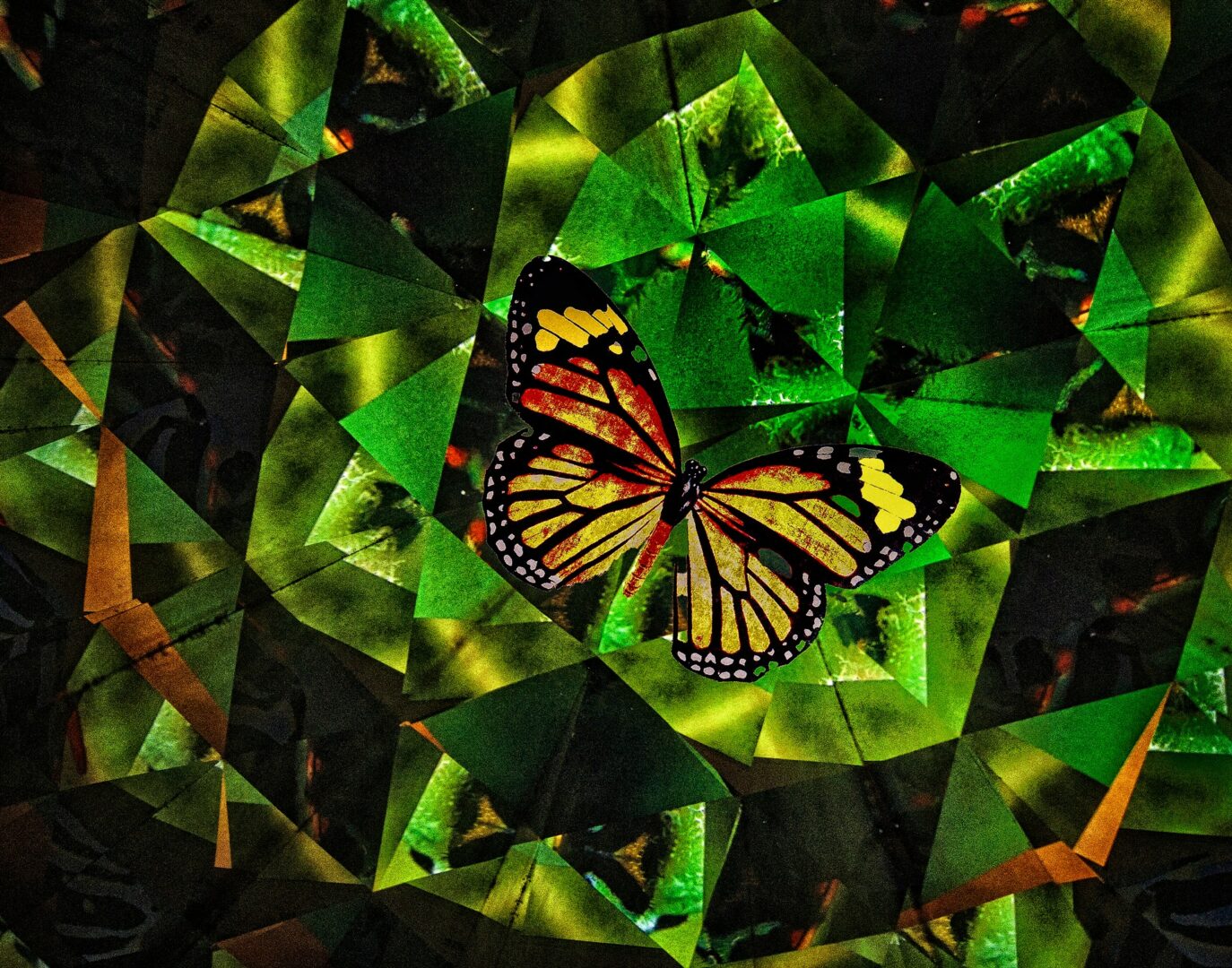
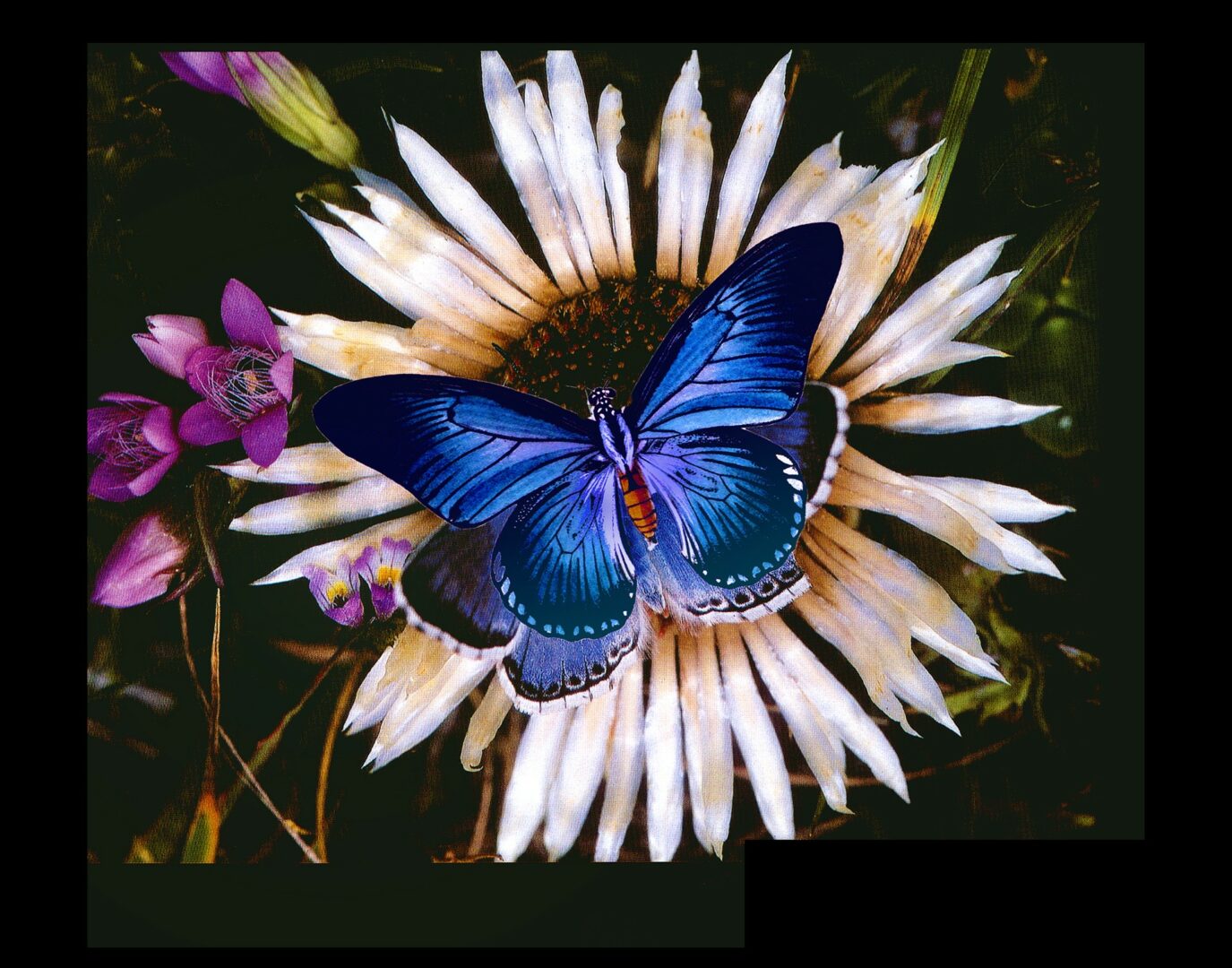
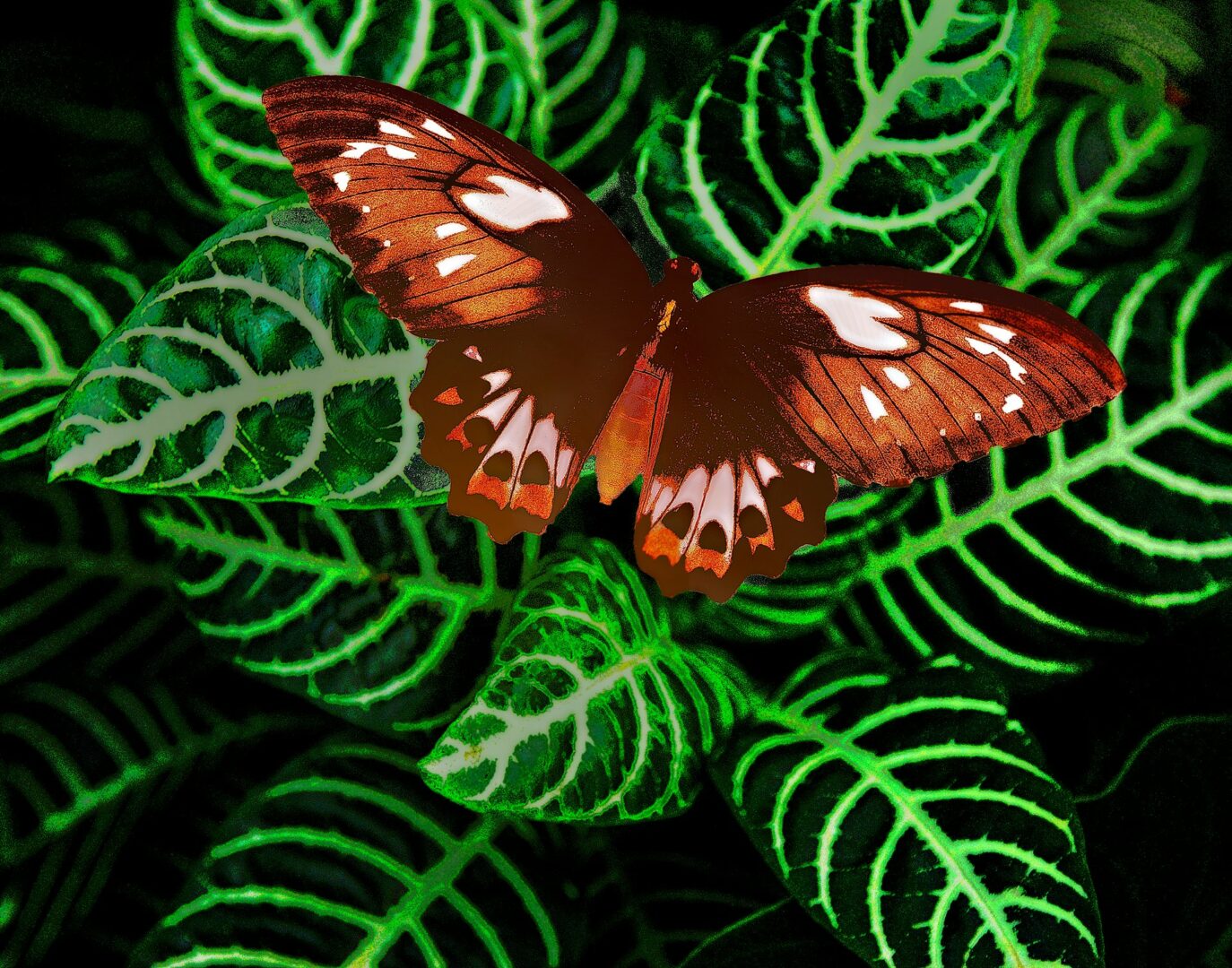
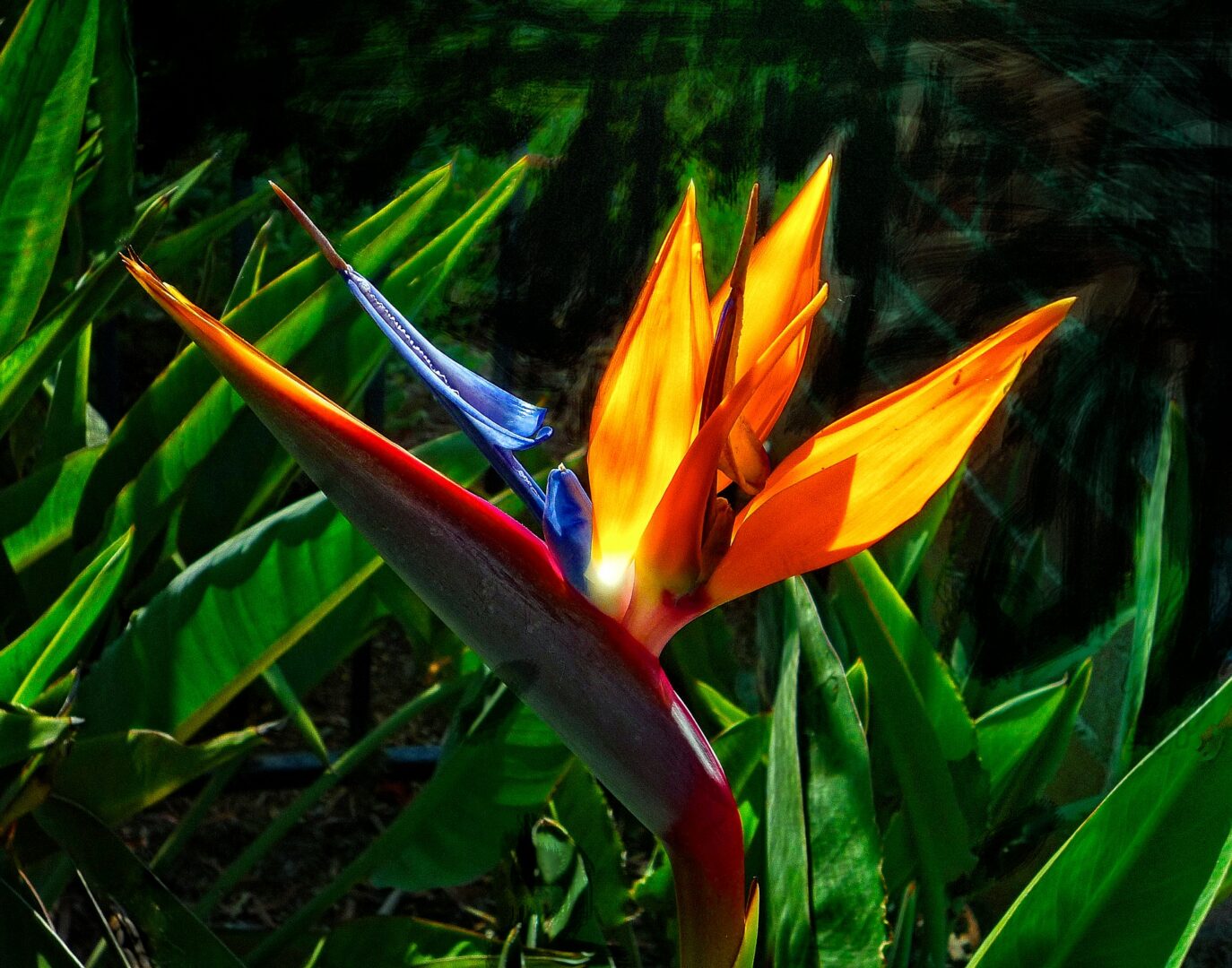

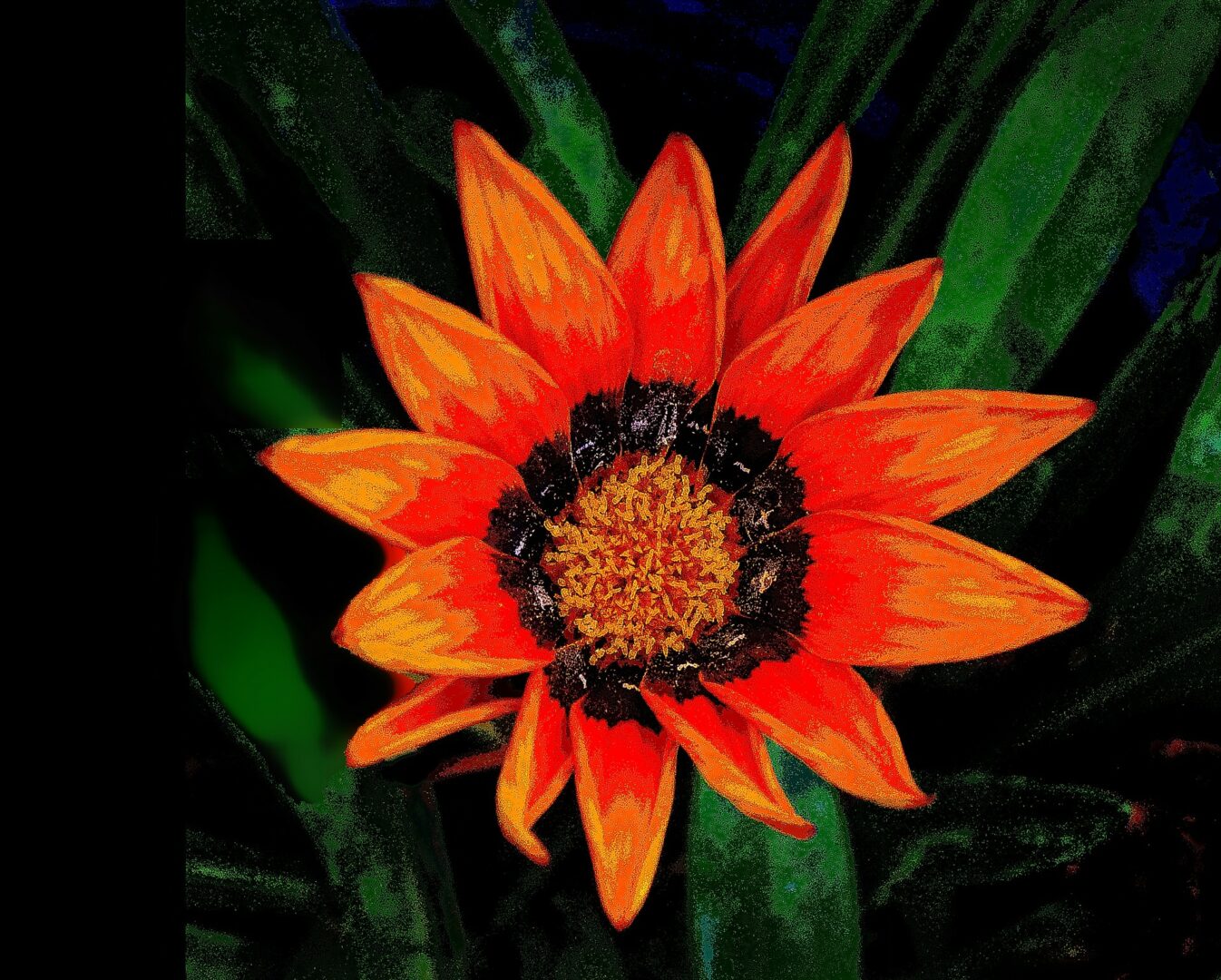
Image Credits
Photographs by Kurt Weston – all rights reserved.
so if you or someone you know deserves recognition please let us know here.

